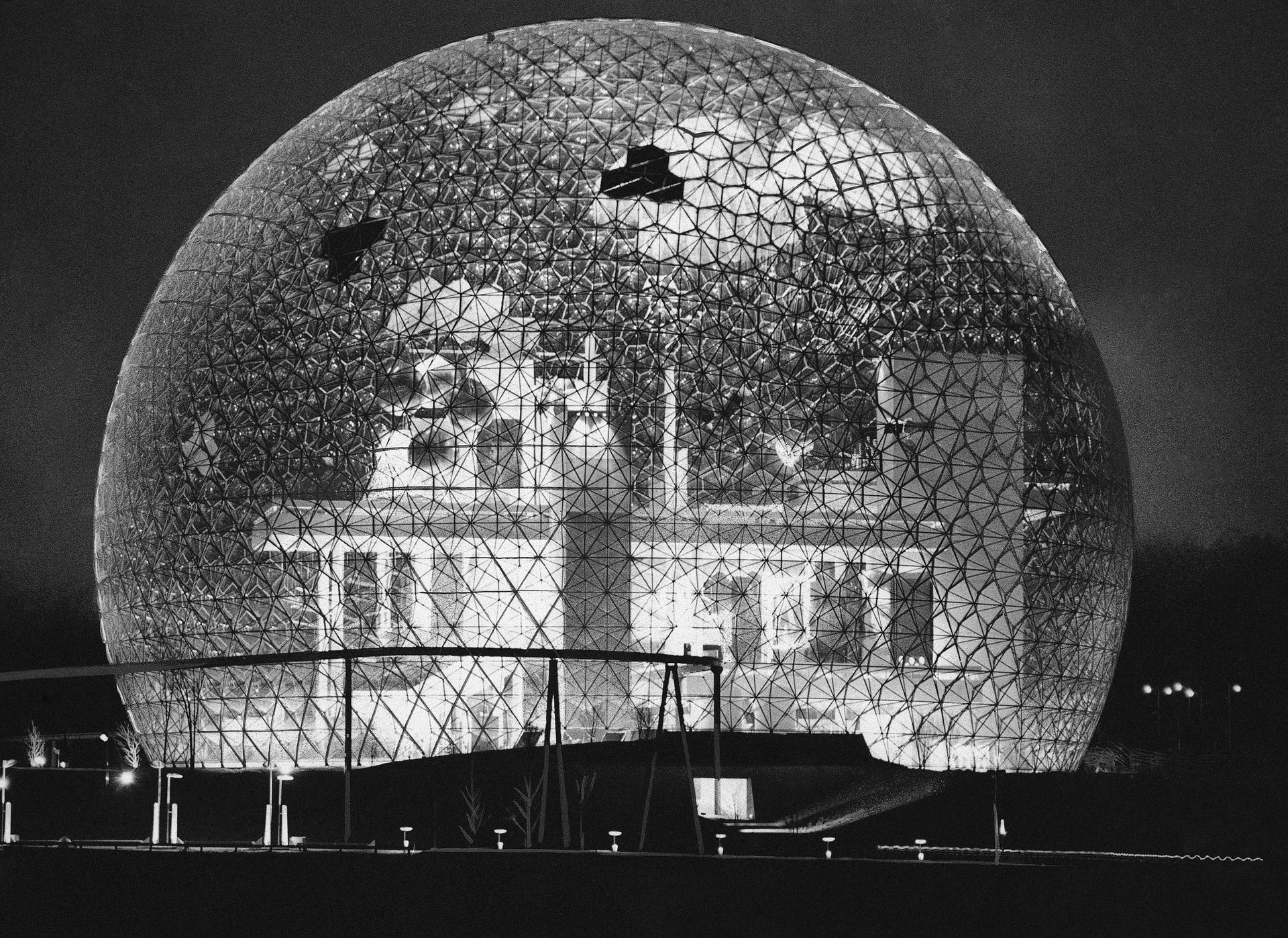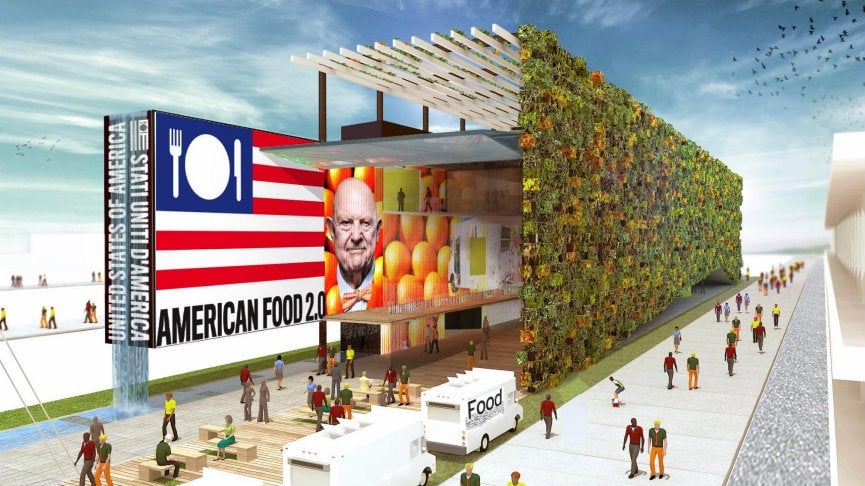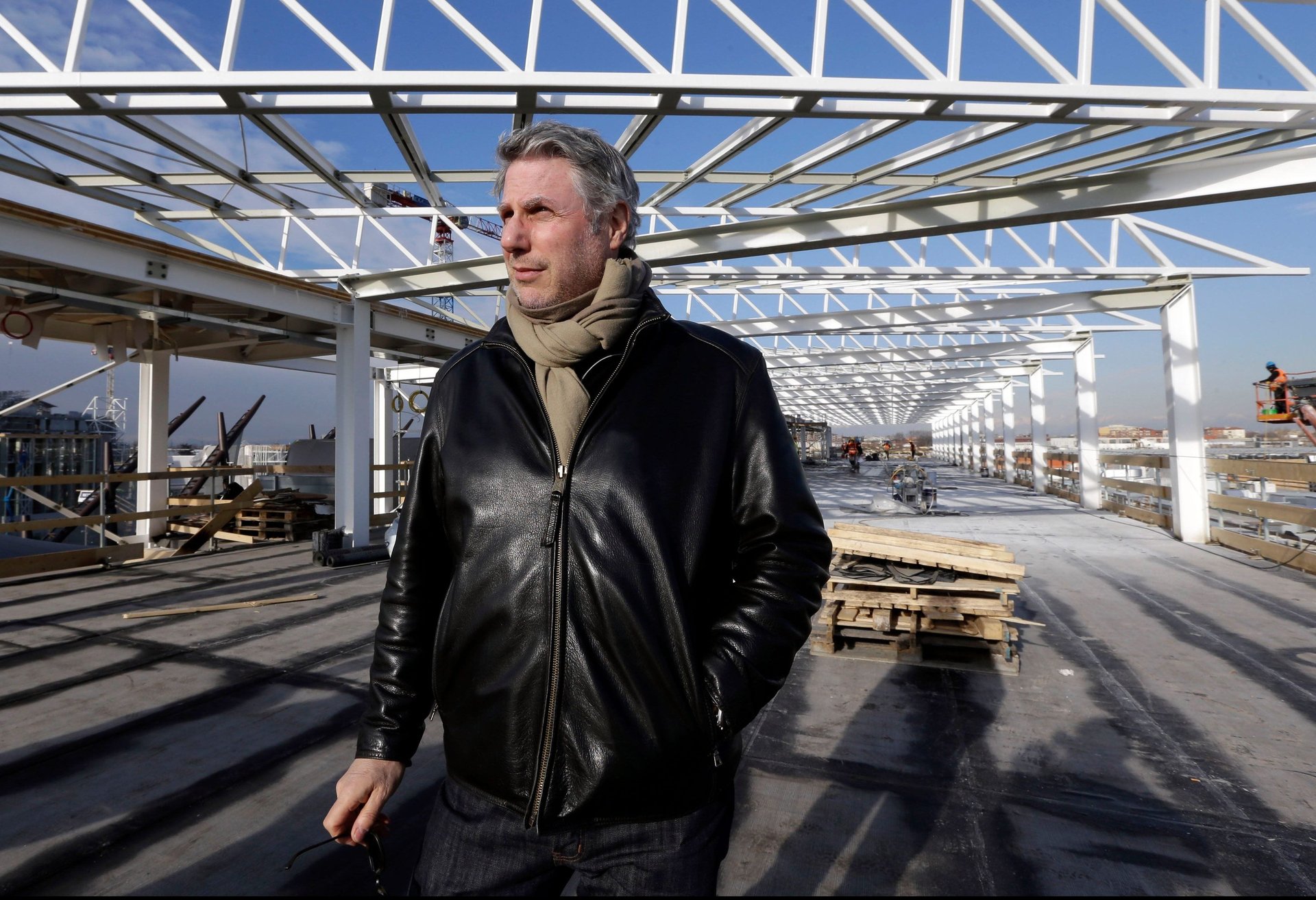No one wants to pay for the US World Expo pavilion, so architects may have to do it pro bono
For architects, there are few greater honors than to be chosen to design a national pavilion for the World’s Fair. From Philip Johnson and Ludwig Mies van der Rohe to Bjarke Ingels, many greats have lent their talents to the national structures that are front and center at the storied global expositions occurring semi regularly since 1851.


For architects, there are few greater honors than to be chosen to design a national pavilion for the World’s Fair. From Philip Johnson and Ludwig Mies van der Rohe to Bjarke Ingels, many greats have lent their talents to the national structures that are front and center at the storied global expositions occurring semi regularly since 1851.
In preparation for the 2020 World Expo in Dubai, the US is now searching for the next great designer for its pavilion. But with great honor comes great financial risk. The US still hasn’t settled its bills from the last World Expo in 2015, owing over $28 million to some 40 companies around the world.
For the upcoming Expo, the US government is putting all the financial burden on whoever wins the bid. Not only will the designer be required to propose a “spectacular” building “worthy of carrying the name” of the US, they’ll also be “solely responsible for raising the funding required for designing, developing, installing, operating and disposing” of the pavilion, the RFP states. In other words, you dream it, you pay for it.
By its own estimate, the US government is asking for $40 to $50 million dollars of pro-bono work in the name of national pride.
Unpaid bills
A State Department spokesperson tells Quartz that changes in this year’s selection criteria are in response to the financial disaster of the 2015 Expo.
A 1999 law, that president Donald Trump re-enacted last year, prohibits the US from putting any public funds into international expositions. As a workaround, then-secretary of state John Kerry approved the formation of “Friends of the US Pavilion,” a non-profit charged to raise funds for the US delegation. “Friends” failed to meet their target by $20 million, but still spent $62 million on the Expo, and ended up broke. It filed for bankruptcy in 2017.

Its bankruptcy filing reveals a seven-page list of creditors. Big ticket items include:
- $15.5 million to Swiss-based Nüssli Group AG for pavilion construction, financing and support
- $2.1 million to UVET Inc for exhibit construction and housing
- $1.6 million James Beard Foundation for program management
- $1.6 million Hamilton Education Services for educational programming
- $1 million to Biber Architects
- $1 million to exhibition designers Thinc Design
- $1 million in back rent to the Italian EXPO Corporation for royalties, food, and general services
- $530,000 to Simmetrico for the exhibits
- $400,000 to Genius Loci Architettura
- $400,000 to FleishmanHillard for PR services
- $240,000 to Research Frontiers Inc, for the glass roof
- $182,000 to Pentagram for graphic design services
It’s a regretful scenario that’s had the biggest effect on the many small businesses who pitched in to build the three-story homage to American food culture. Unable to collect, the pavilion’s architect, James Biber, had to lay off staff.

The state department’s “RFP roadshow” promoting the next Expo has understandably angered several unpaid designers. “It just appears to us to be an absolute outrage that they would do that without resolving the last one,” Biber tells Quartz.
“It seems like a willful ignorance, all this sunny language—and they’re doing a promotion tour for it,” adds exhibition designer and Thinc Design founder Tom Hennes. “It was such as slap in the face.”
The 2010 US pavilion is now the property of Hammerbrooklyn Immobilien, a German real estate company that got it for essentially nothing—all the company had to do was dismantle it from the fairgrounds in Milan in 2017. They’re planning to salvage the wood for use in the construction of a startup incubator, AP reports. This is a highly unusual scenario. Most Expo pavilions were dismantled or repurposed soon after the fair closed. A section of the Italian pavilion, for instance, has been reincarnated as a research center.
Since Milan, the state department has formed an “Expo Unit” to manage the development of the next pavilion. It’s largely an oversight role, with no responsibility to raise funds or pay outstanding debts. “At each stop along the way, the Expo Unit has reiterated that the responsibility for this project resides with the implementing partner,” a state department spokesperson explains. In fact, in the current RFP applicants are assessed on a number of criteria, and fundraising potential accounts for 35 of 100 total points—making it, and not design or innovation, the single biggest measure for who will get to design the US’s presence at the 2020 Expo.
Design sponsors
After hosting incredible world’s fairs in the 1930s, the US has had dismal showings in the so-called “soft power Olympics” since. The 2010 Shanghai Expo, in particular, is remembered as “a disgrace.” The bland warehouse-like US pavilion was a shell for the 26 corporations who paid for it. As the UK celebrated biodiversity, the US trumpeted the latest from KFC and Dow Chemicals.
The curatorial failure of the 2010 Shanghai Expo has made the state department wary of corporate expressions of national identity:
[It should be] nonpolitical and nonpartisan in nature, of the highest possible quality, and balanced and representative of the diversity of American political, social, and cultural life. The USA Pavilion must maintain the highest level of scholarly integrity and meet the highest standards of artistic achievement and academic excellence. It should also be entertaining and interactive…
That’s a pretty grand wishlist for a project that the department can’t put a penny toward. And, of course, there’s that outstanding debt the government facilitated. As Biber puts it, “if the US decides that World Expos are worth doing in the future, they should first resolve the past.”